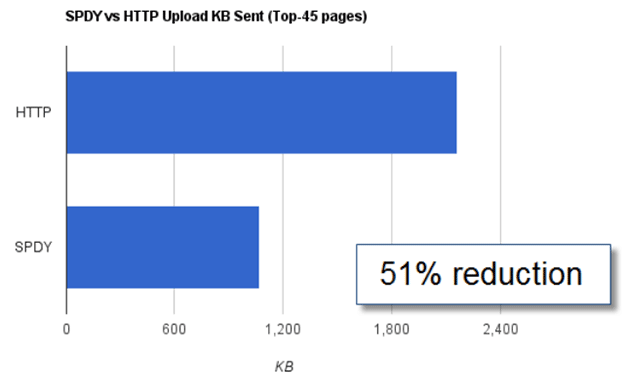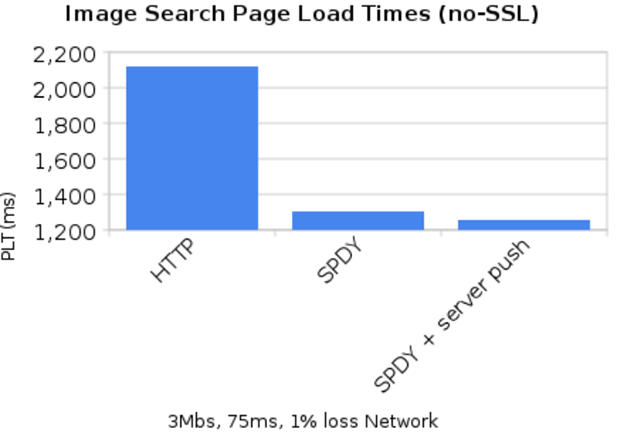SPDY Coming To Internet Explorer 11 & Windows Blue
 Follows everyone else.
Follows everyone else.
What could top the upcoming WebGL support? How about SPDY? Thanks to Rafael Rivera, we have learned that Microsoft is actively working on implementing an open networking protocol that was developed by the Google itself.
The good news? Not only will IE11 support it but it seems that the software giant is integrating SPDY to the Windows Blue itself, which means that all store apps can utilize it (and reap performance rewards) from the get go.
Back in 2012 we compared HTTP vs. SPDY and in case you missed that article, this s what you can expect:


One has to wonder if you can expect to see the very same implementation is coming to the Windows Phone Blue update as well.
About (Author Profile)
Vygantas is a former web designer whose projects are used by companies such as AMD, NVIDIA and departed Westood Studios. Being passionate about software, Vygantas began his journalism career back in 2007 when he founded FavBrowser.com. Having said that, he is also an adrenaline junkie who enjoys good books, fitness activities and Forex trading.




Now that foundation for WinP is same as for Win, one can reasonably expect that stuff not related to graphic API, should work on both incarnations of IE.
(Win8 gpu drivers support “full” range of requirements, WinP8 gpu drivers may be tailored for mobile GPU’s)
And as anybody can see, MS is still fighting tooth and nail to get IE up to modern state equal to other major web browsers. (Despite what you hear from MS PR each time they release IE ;) )
Last few days I see more good news on IE
Can you start the second graph at 0? By glancing at the graph it makes it seem like HTTP takes 9 times longer than SPDY, while using the numbers it really shows it as just 1.62 times (which is still very significant)